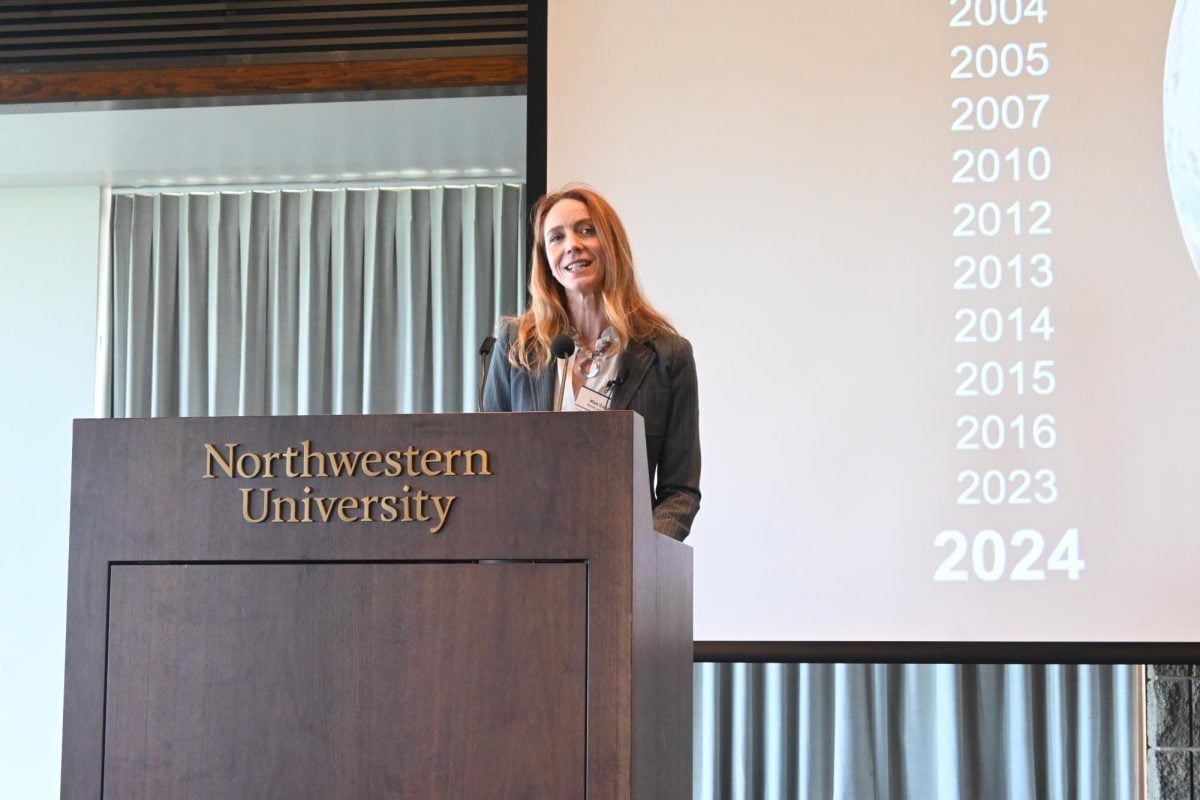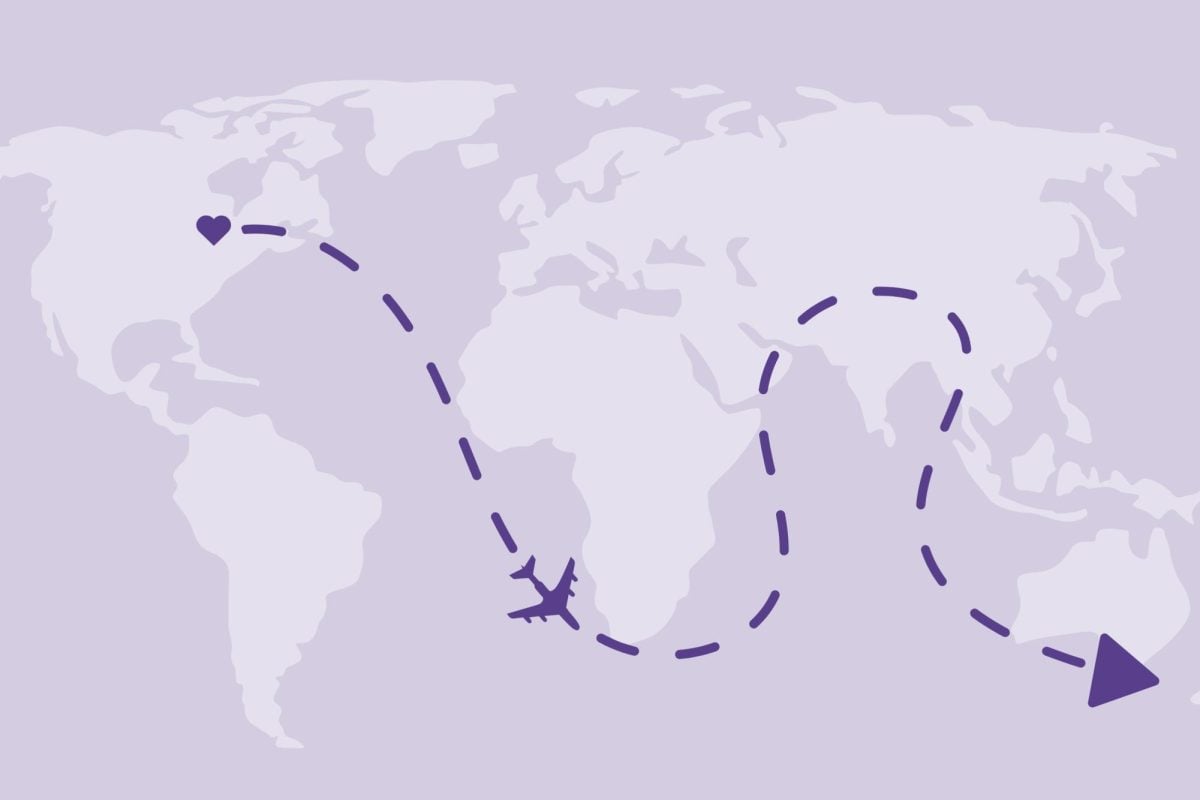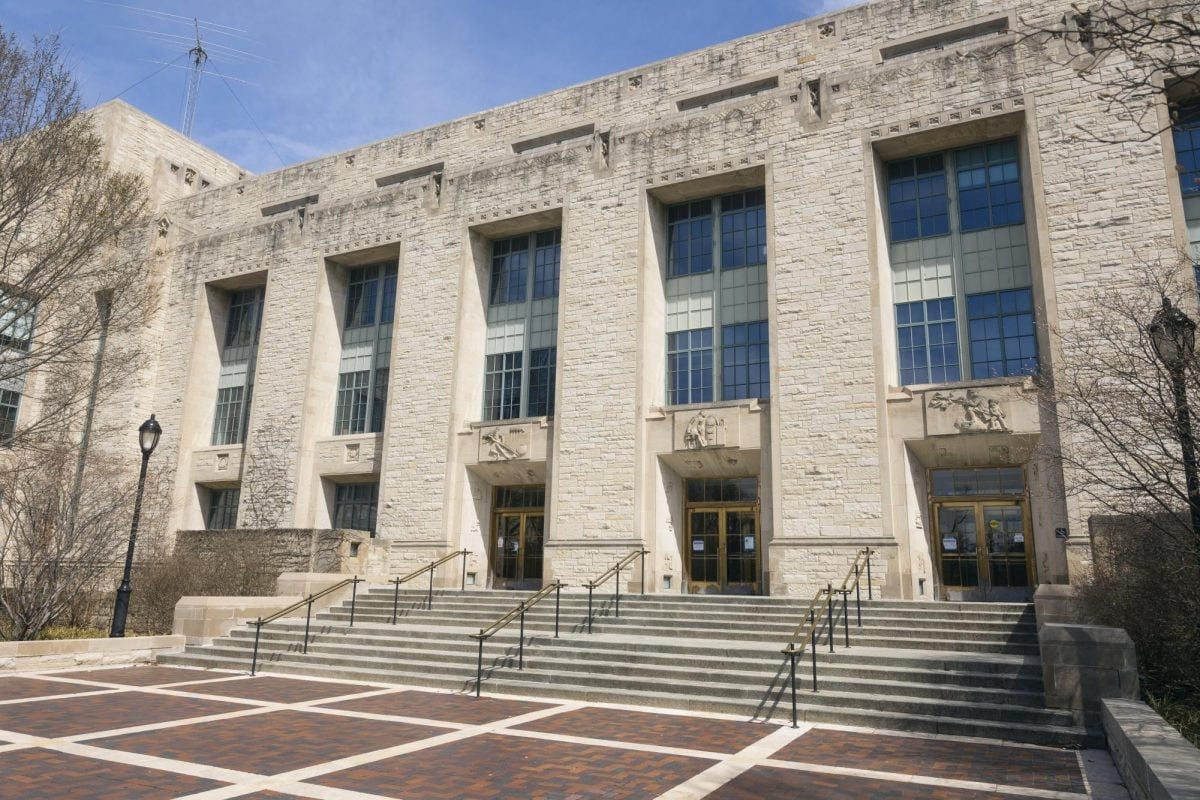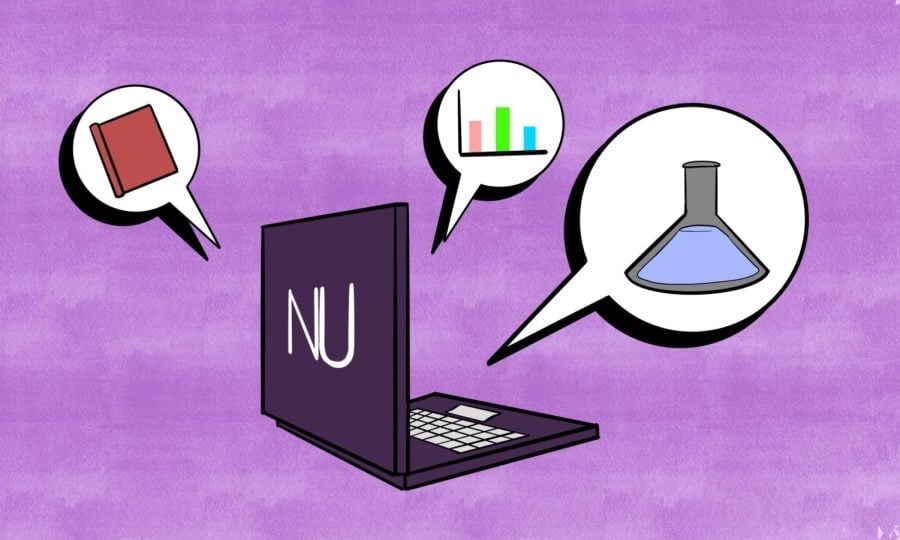Clean Energy Trust has named three Northwestern teams as semifinalists in its Clean Energy Student Challenge, a competition for clean-energy companies run by students. The teams – Bagpipe Technologies, NuMat Technology and SiNode – will compete for $50,000 in state prizes and a grand prize of $100,000.
Sixteen teams from across the Midwest have been selected to compete in the semifinals. Eight finalists will then present their business plans on March 1 at VenueSix10 in Chicago for the grand prize. The winner of the regional Clean Energy Challenge will have the opportunity to participate in the national finals this summer in Washington, D.C.
Bagpipe Technologies and SiNode are also involved in an NU class called NUvention Energy, a graduate-level program focused on developing a business in the sustainable energy industry. In the class, students are split into smaller groups of about five people who work together on a start-up company based on a research project.
“The idea is to bring engineering, business and law students together to try to commercialize clean-energy technology,” said SiNode member Guy Peterson, a Kellogg and McCormick graduate student. “We all bring different skills to the table.”
SiNode’s project involves batteries with silicone graphene composite anodes, developed by chemistry Prof. Harold Kung. These anodes can hold a charge up to 10 times greater and charge 10 times faster than normal batteries. Peterson said while working on the project, SiNode is considering safety risks and contractual questions, defining a target market, establishing a business model and bringing all facets together to create a “full package.”
Nishit Mehta, also a member of SiNode, agreed that having a variety of students is helpful toward the group. At every step, he said, their different experiences contribute to getting their start-up off the ground.
“None of our backgrounds have any experience in commercializing new technology, so it’s a first for all of us,” Mehta said.
Mehta said the project is beneficial to the students, scientists and professors. The technology developed in labs can be commercialized in business and can provide experience for those interested in having a start-up.
Next quarter, Mehta said, the group has the option of continuing the project, depending on the progress the members make as they try to get their company started.
“The aim of the course itself is to get us to the point of having all the business plans ready so we can raise money. And once we do that we can move ahead with a plan,” Mehta said.
Winning the grand prize in the Clean Energy Challenge would provide the funding to launch a company, Peterson said.
“We’re really excited about the class and to be able to do this competition as well is kind of an added bonus,” he said. “We’re hoping it helps us get some great experience.”
Another group from the NUvention Energy class, Bagpipe Technologies, is working on its own presentation, along with a possible new name. Chris Bentley, who recently finished his MSJ at Medill, said the team is still fine-tuning its plans and market value.
“It’s all obviously contingent on what we come up with, but we fully intend to pursue a viable business model,” Bentley said.
The group received team and research assignments late Fall Quarter and has been meeting since then. Bagpipe Technologies is working with Dr. Vilas Pol from Argonne National Laboratory on nanoscale structures in batteries. Entering the Clean Energy Student Challenge was a decision made outside of class, but Bentley said a lot of the work to prepare for the competition overlaps with the work done in class.
“We’re all really environmentally-minded,” Bentley said about Bagpipe Technologies. “We are all interested in having an impact and hope that this business plan can be something that helps this technology have an impact outside the laboratory.”
Currently, Bagpipe Technologies is thinking about market research and investigating more potential applications for products.
“It’s not an opportunity that every college student gets, so we really appreciate it,” Bentley said.
NuMat Technology started in summer 2011, hoping to make the environment cleaner and make a profit. The group discovered the Clean Energy Challenge independently and is trying to raise the money to set up a company.
“This is a very interdisciplinary team,” NuMat member Ben Hernandezsaid. Hernandez and Tabrez Ebrahim, another NuMat member, are both graduate students in NU’s School of Law and Kellogg School of Management.
NuMat Technology is using research from the Snurr and Hupp research labs and commercializing it for the market. The group is currently working on a presentation for the competition, examining issues such as marketing, applications, patent issues, competitors and the economics of its business model.
“It’s a new field and there have not been a lot of commercial applications that have been developed yet,” Hernandez said. “We are really at the forefront in thinking through how you would use this material in commercial settings. In that way, it’s challenging and exciting and cutting-edge.”
An advantage that NuMat Technology members said the team might have is the inclusion of two researchers on the team: Chris Wilmer, a Ph.D. candidate in chemical and biological engineering, and Omar Farha, a professor in the chemistry department. The work they have developed has broken world records in its performance in storing or separating gases.
Ebrahim said NuMat Technology has expanded its reach tothe NU law school and business school, transportation center, and several faculty members.
“We’ve got a pretty wide University support system already,” Ebrahim said.
The teams will give their presentations Feb. 29 for a chance to become one of the eight finalists.
“We want to see this succeed, not just for ourselves, but for the University as well,” Ebrahim said.
Jan. 12. 2012 – Editor’s note: This article has been updated to clarify a technical term.













